When you are going to buy a watch, we recommend that you also look at what type of glass has been used; mineral glass or sapphire glass. Watches with mineral glass are generally cheaper, but this type of glass is sensitive to damage. Sapphire glass does not scratch, but mirrors much more. So, which watch glass do you choose? In this article we describe all types of watch glass and the advantages and disadvantages of mineral- compared to sapphire glass, so that you can make the right choice soon.
The different types of watch glass
Mineral glass and sapphire glass are not the only materials used in watches. Another material that is used a lot is acrylic (plexi) glass.
Plexiglass
Plexiglas was widely used for watches until the 1970s, because it is strong and flexible and can be pressed into all kinds of forms. It doesn’t break, but is very sensitive to scratches and becoming dull. Fortunately, Plexiglas can easily be polished by the watchmaker. Or you can polish Plexi yourself with polywatch Polish.
Today, Plexiglas is mainly used in plastic watches such as the Swatch watches. Also when re-releasing classic watches, Plexi is still used for the real retro feeling.
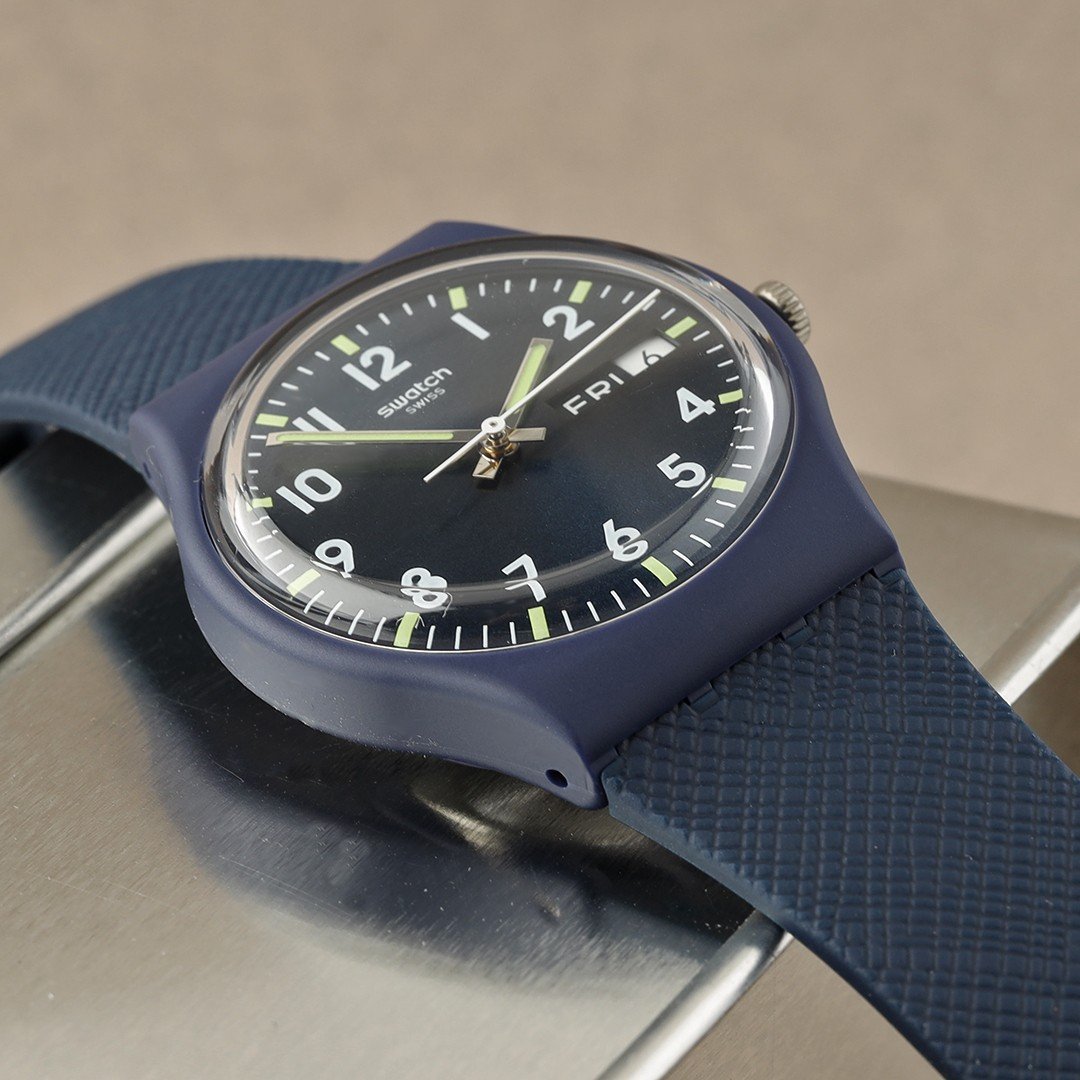
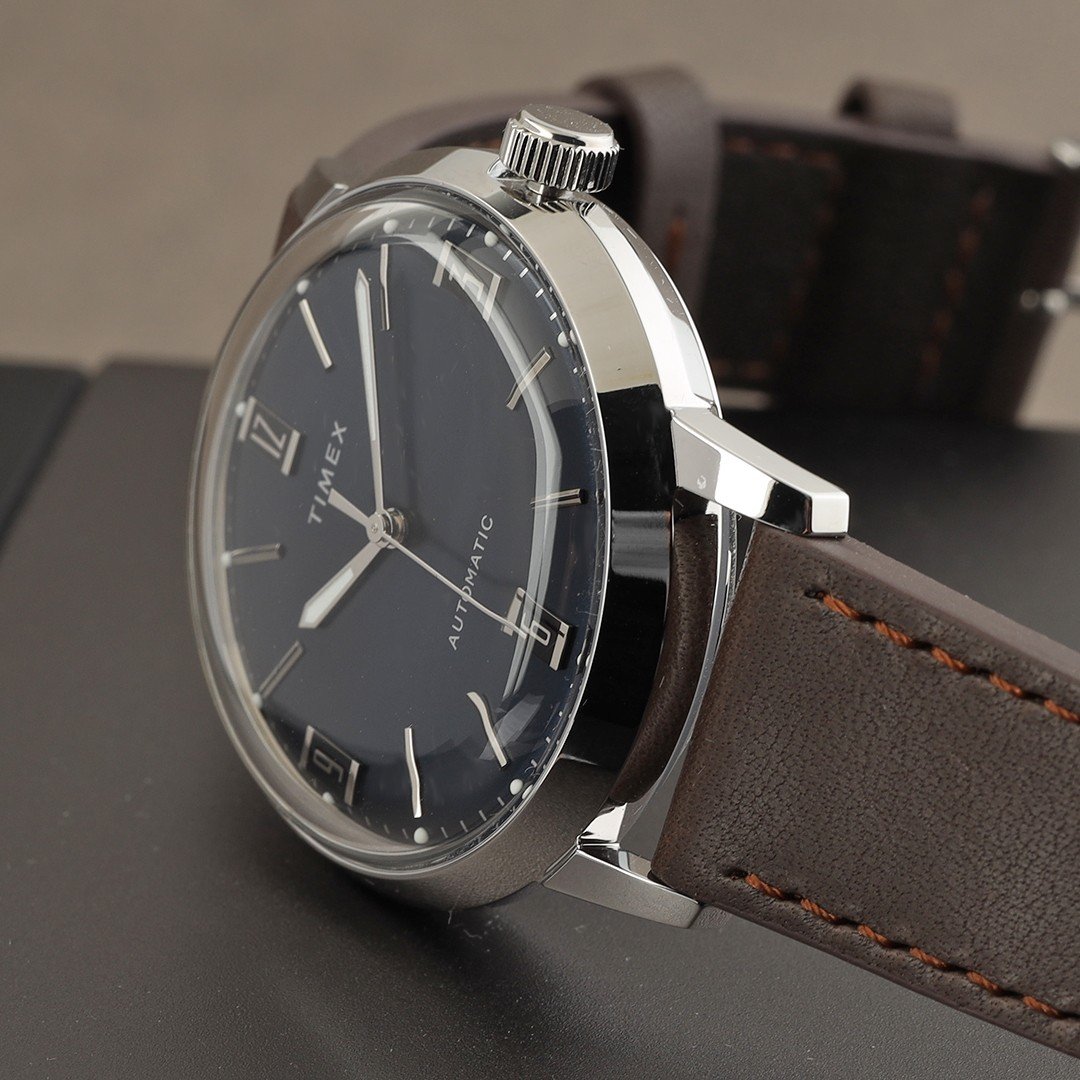
Mineral glass
Mineral glass is made of silica glass that is chemically treated or tempered to make it stronger. Mineral glass is clear, relatively cheap and easy to process. It is therefore still the standard choice in glass for watches.
However, mineral glass is sensitive to scratches and can break. But, no worries, you really have to hit the glass very hard. The glass does not just break.
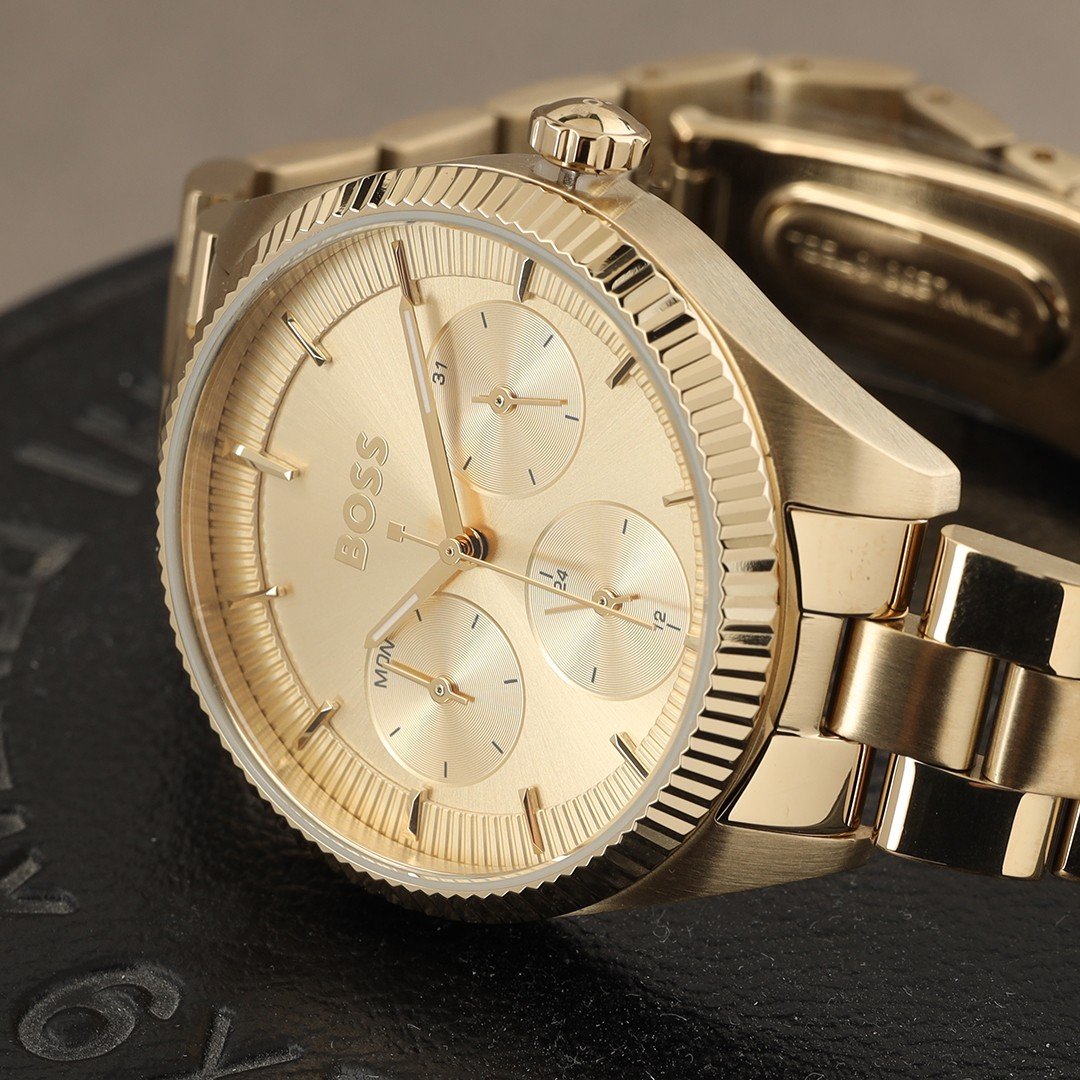
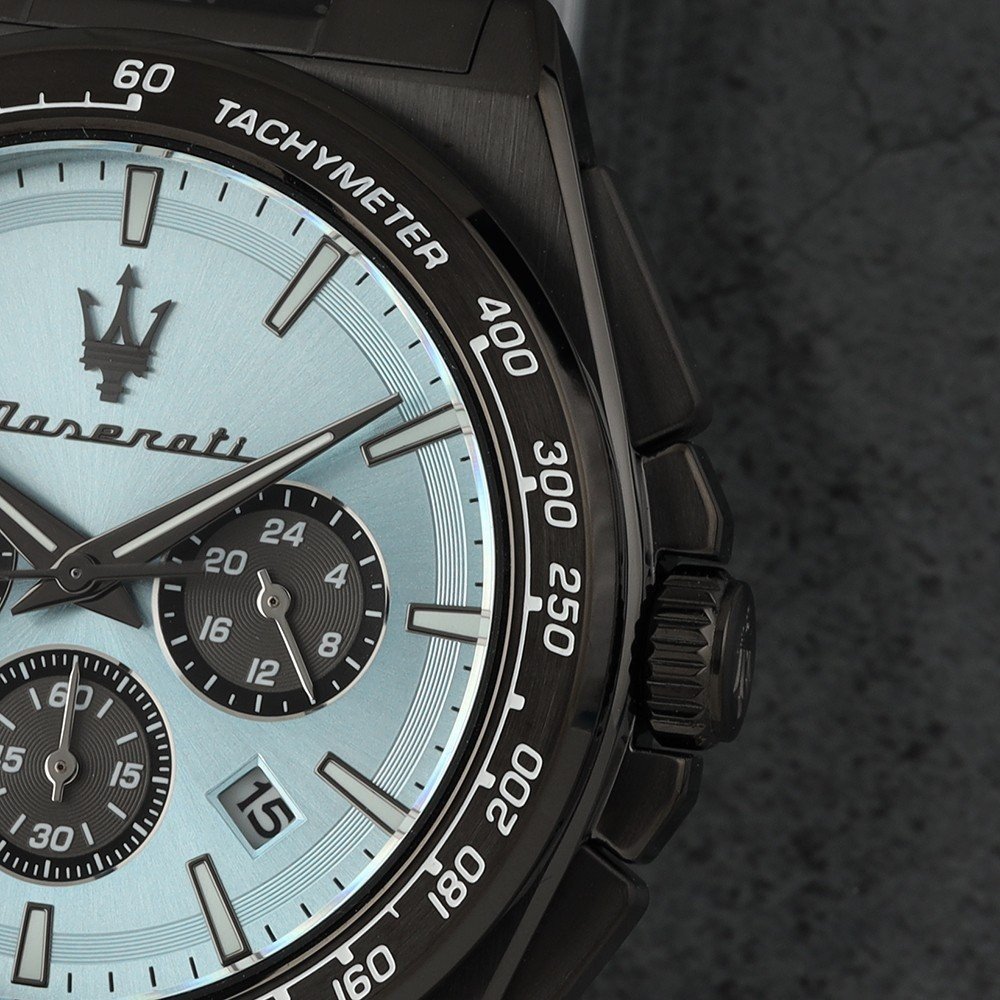
Mineral glass with coating
Some watch brands apply a coating to the mineral glass to make it scratch -resistant. A well -known example of mineral glass with a coating is the patented Hardlex of Seiko. Just like sapphire glass, the Hardlex glass can be made in various forms, both flat and vaulted.
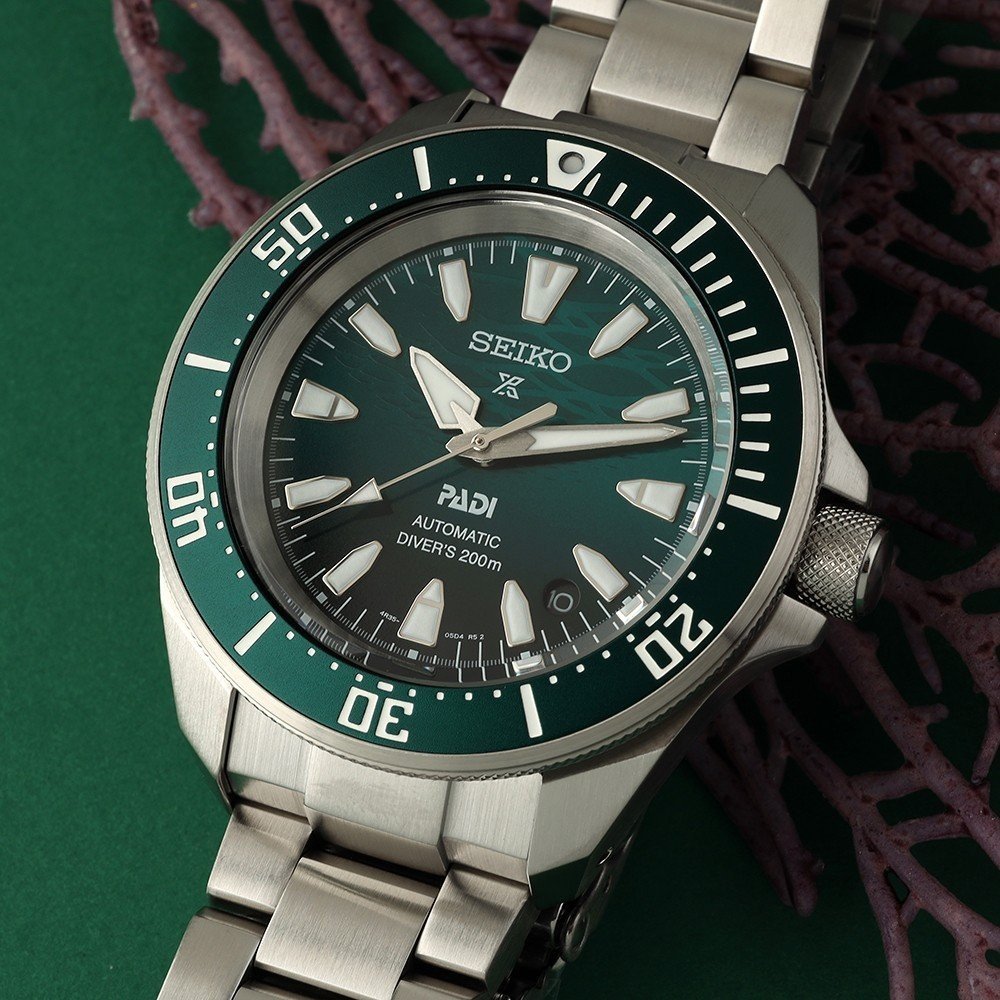
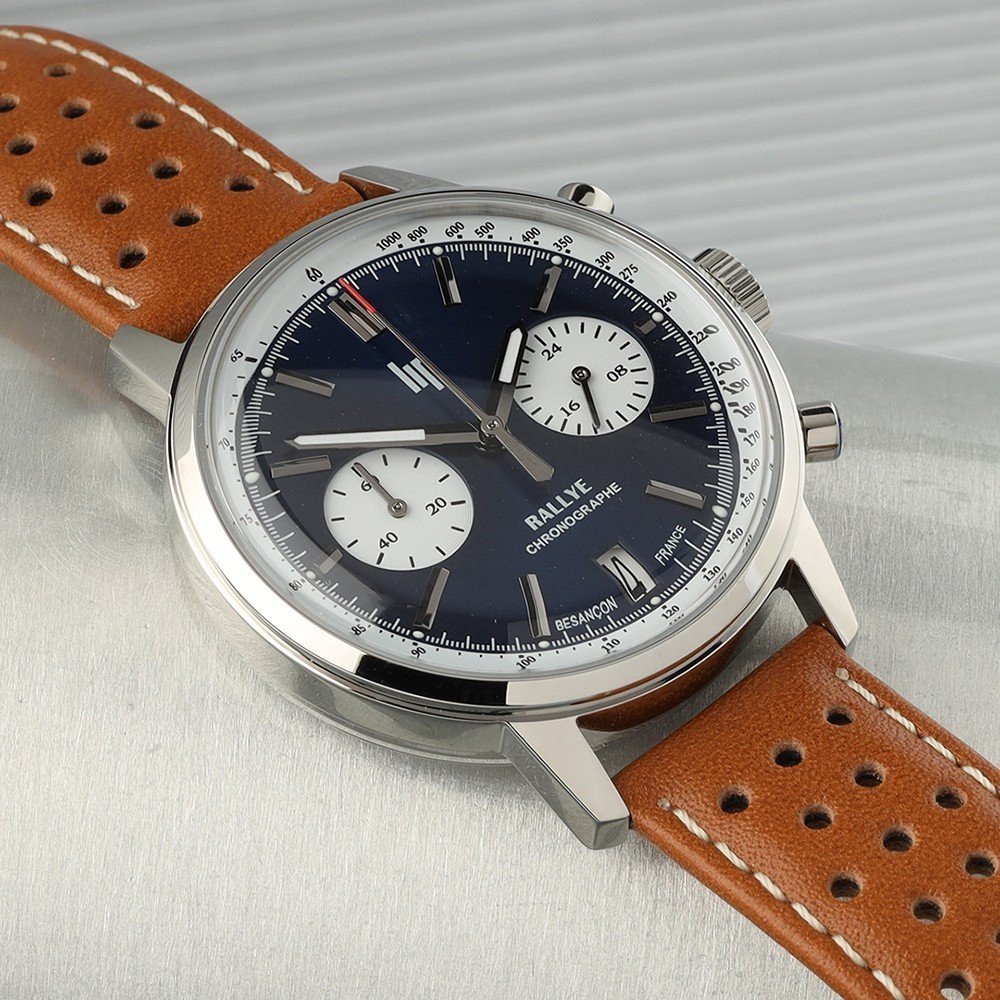
Gorilla Glass
Gorilla Glass is a brand hardened mineral glass that is used in particular with smartwatches and sports watches. It is mainly used as cover glass to protect the touchscreen of wearables.
Sapphire
One of the first times that sapphire glass was used for a watch was at the Rolex Datejust in the early 1970s. For a long time, sapphire glass was the ‘go-to’ glass for the luxury watch brands. Sapphire glass is hard – just below the value of diamond – and therefore almost never scratches. It is very clear and can be milled in all shapes. For example with a date magnifying glass in the glass. Sapphire glass is therefore a lot more expensive than mineral glass. Nevertheless, nowadays, brands in the lower and middle segment, due to the superior quality, are increasingly opting for sapphire glass.
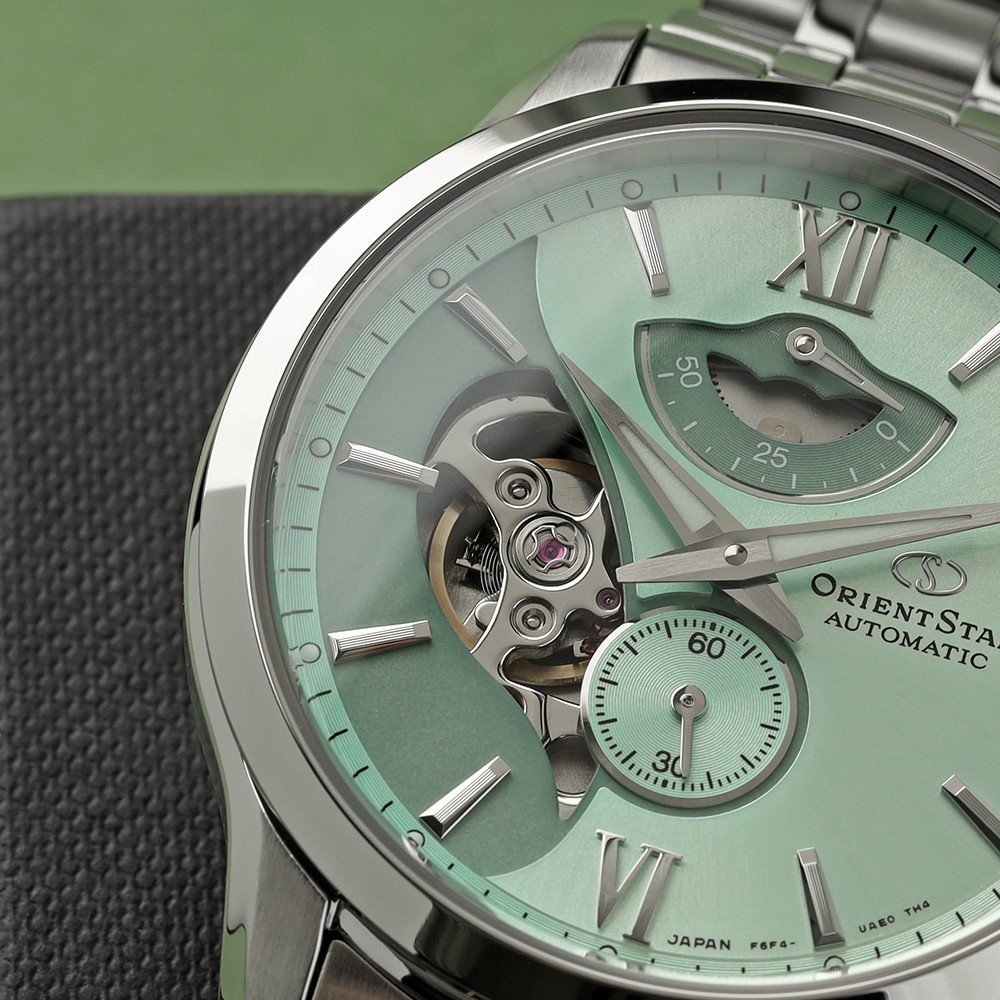
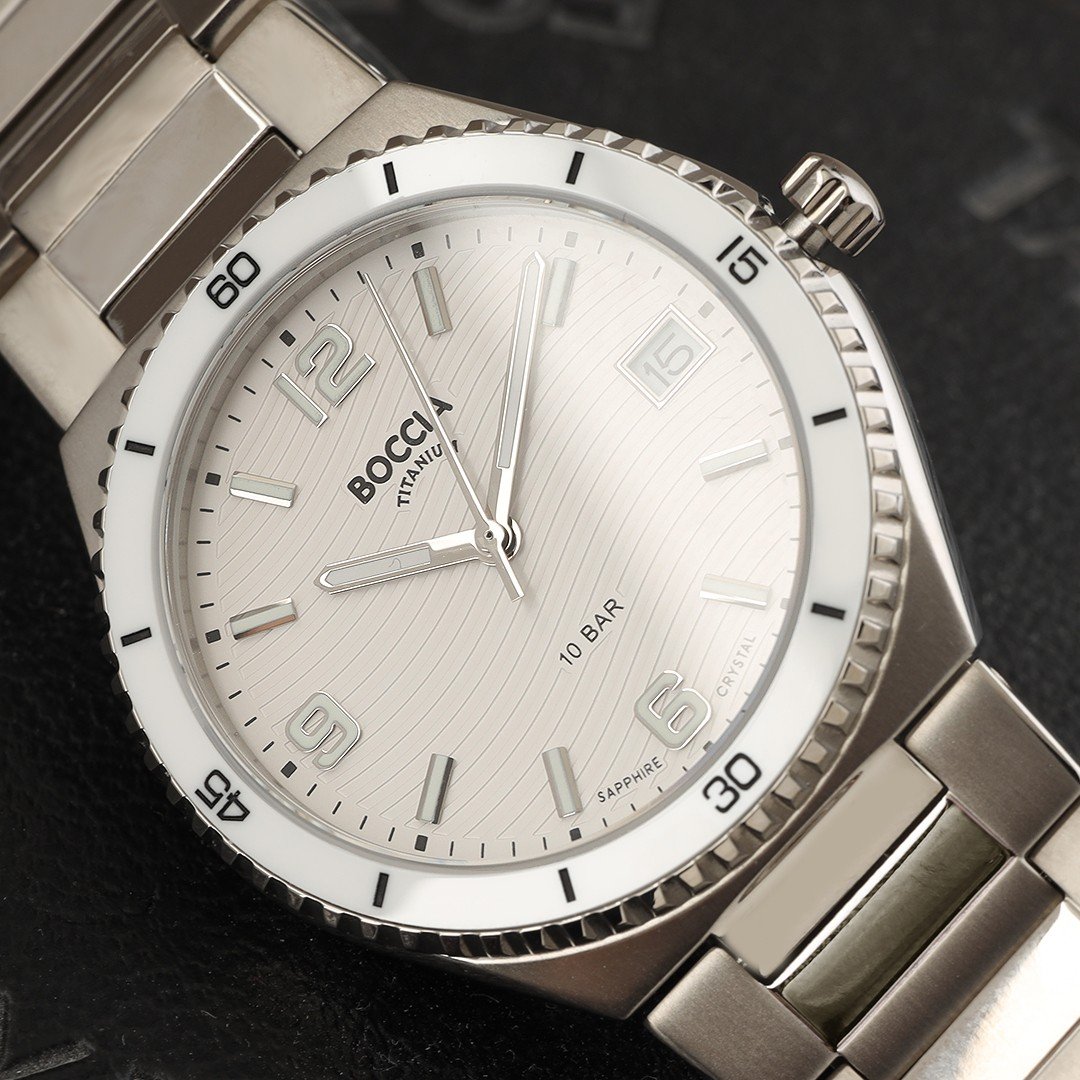
Advantages of sapphire glass to mineral glass
The big advantage of sapphire glass is that it hardly cracks or dull. It is made from synthetic sapphire, which consists of high temperature melted aluminum oxide. This material is cut into thicker discs that can then be sharpened in any desired shape. Because the material is so compact, it is very good against extremely high and low temperatures and even against most corrosive chemicals.
Sapphire glass is also extremely clear, so that the view of the dial does not distort.
Disadvantages of sapphire glass
Although Sapphire is incredibly hard, it is also relatively brittle. Sapphire will therefore not scratch quickly, but a hard fall on a hard surface, or a bump from a corner against a sharp object, can cause it to crack or fragment. In that case there is unfortunately nothing else to do than to replace the glass.
Sapphire glass is also a very stiff material, making it less suitable for use in watches for deep -sea diving. For this, more frequent use is made of plexi or mineral glass because those materials are more flexible and bend in the event of pressure differences.
Another disadvantage of sapphire glass is that it mirror more than mineral glass due to the high brightness. Sapphire glass is therefore often provided with an anti-reflective coating (AR-Coating). With such a coating it sometimes seems as if there is no glass in the watch at all!
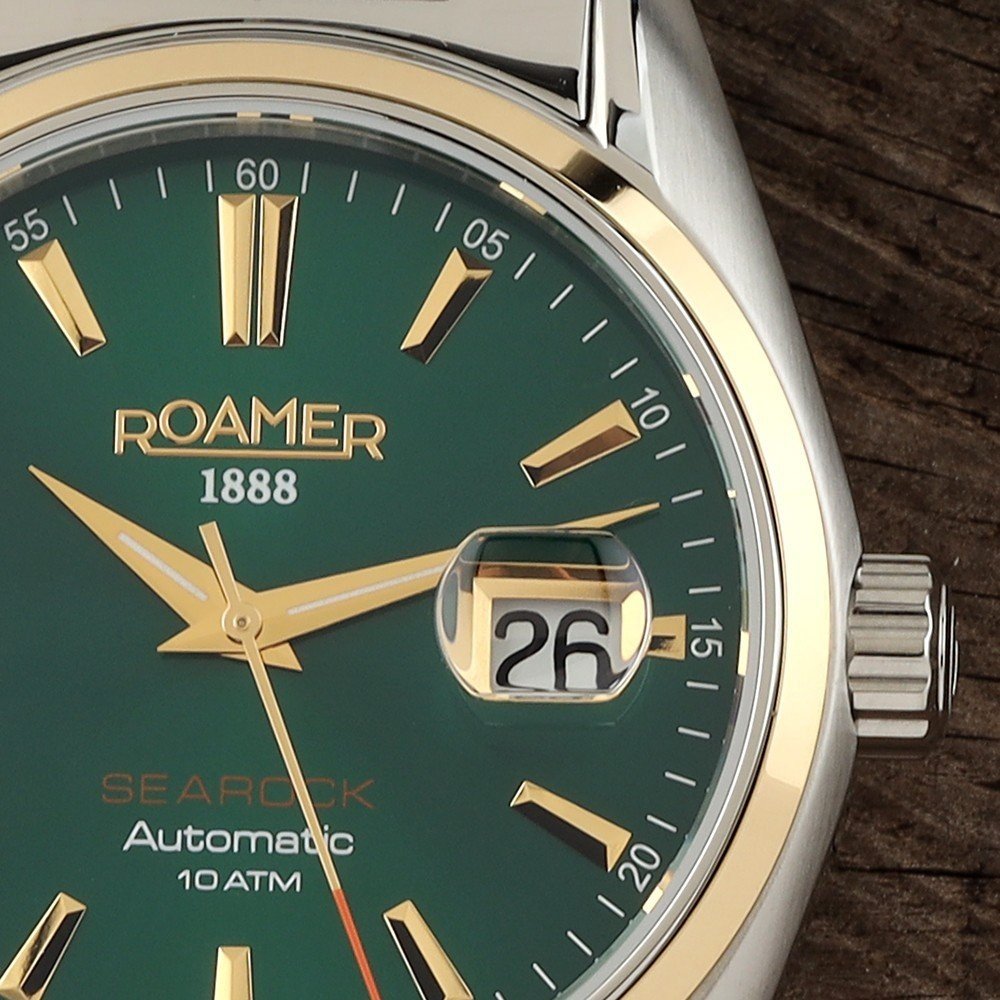
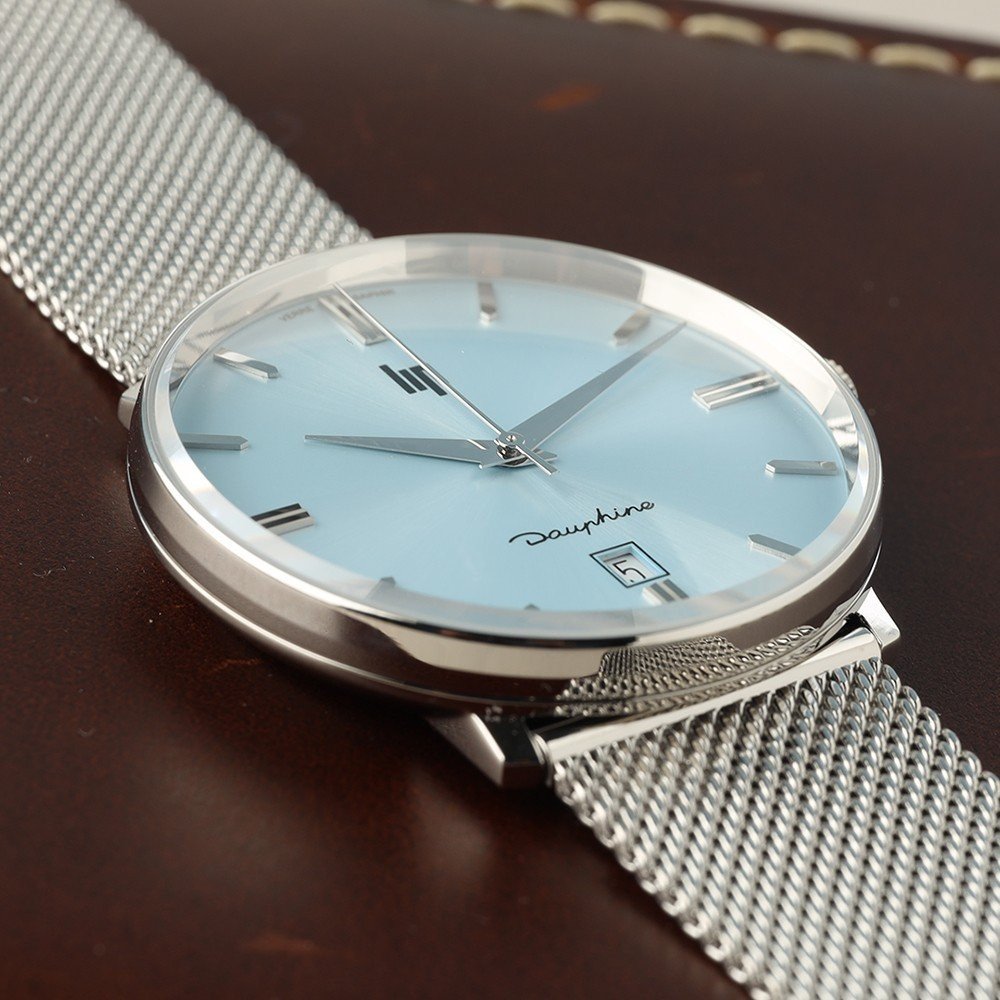
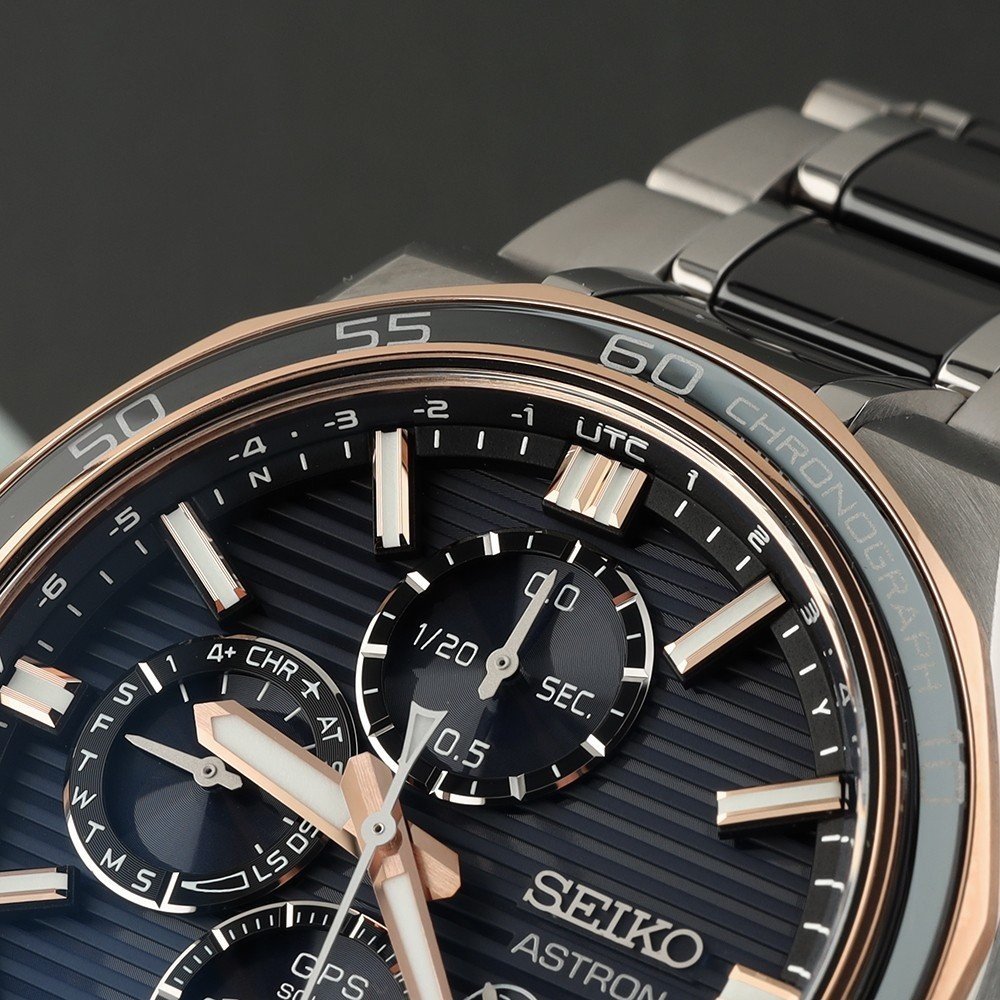
Why is sapphire glass more expensive than mineral glass?
The production of sapphire glass, where aluminum oxide is melted under very high temperature and crystallized is more expensive than that of mineral glass. In addition, the processing of the material is more difficult and more labor -intensive than with mineral glass, which translates into a higher price.
How can you see if a watch has sapphire glass?
With all watches that we sell, the specifications state which type of glass is in it. When a watch has sapphire glass, this is often mentioned on the dial or on the cupboard lid of the watch.
If you do not know which glass is in a watch, you can determine whether it is sapphire or mineral glass on the basis of a few simple criteria. For comparison, it is useful to keep another watch that you are sure to have mineral glass for comparison.
Be the first to do the water drop test: drop a small drop of water on the watch glass.
Sapphire glass has a high surface tension, so that the water ‘rolls’ from it like a drop. If the water spreads flat over the surface, then it is probably mineral glass.
Also look at the edge of the glass. Sapphire glass is usually colorless or has a light pink shade. Mineral glass previously has a greenish or blue hue.
And feel last about the glass. Sapphire glass feels a bit cooler than mineral glass.
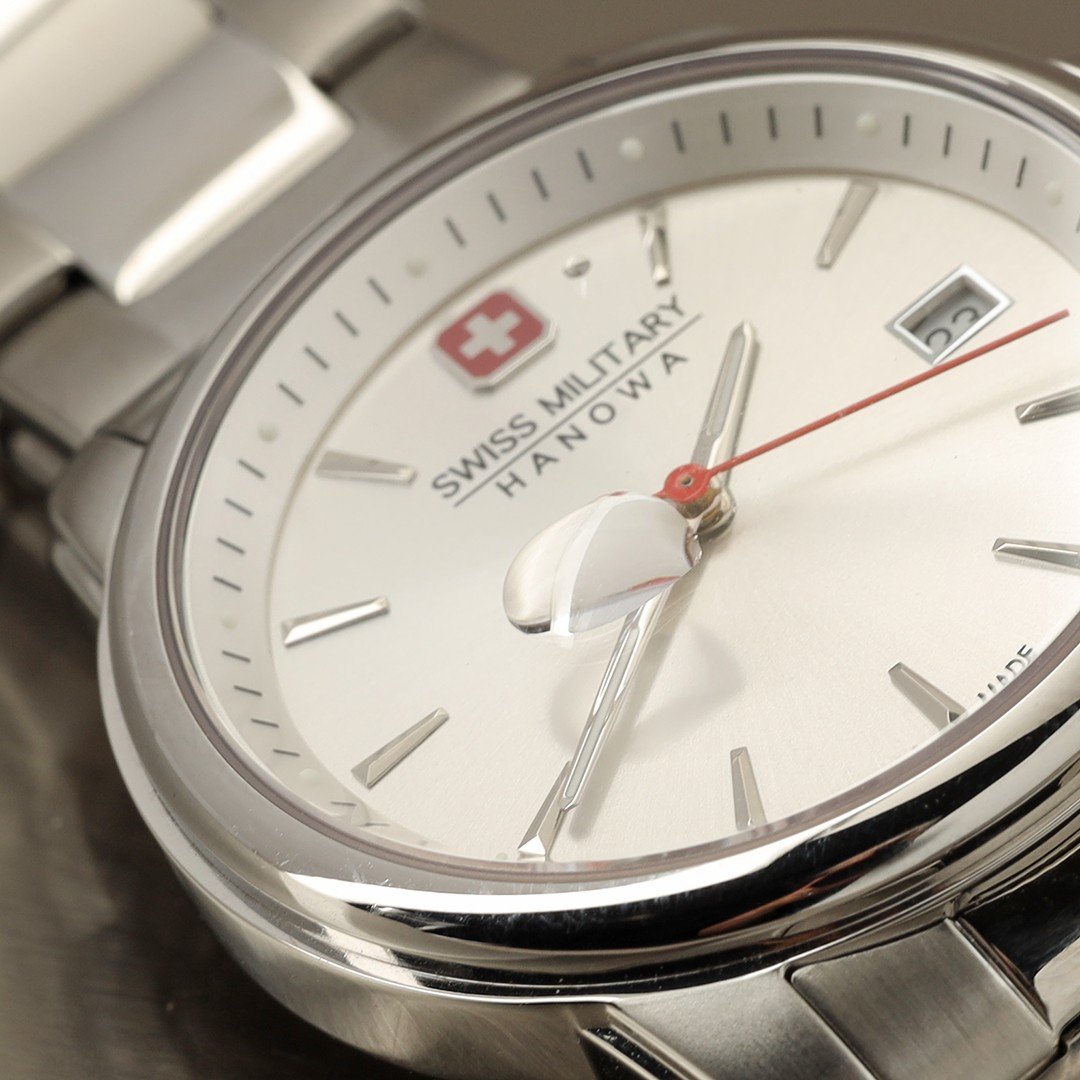
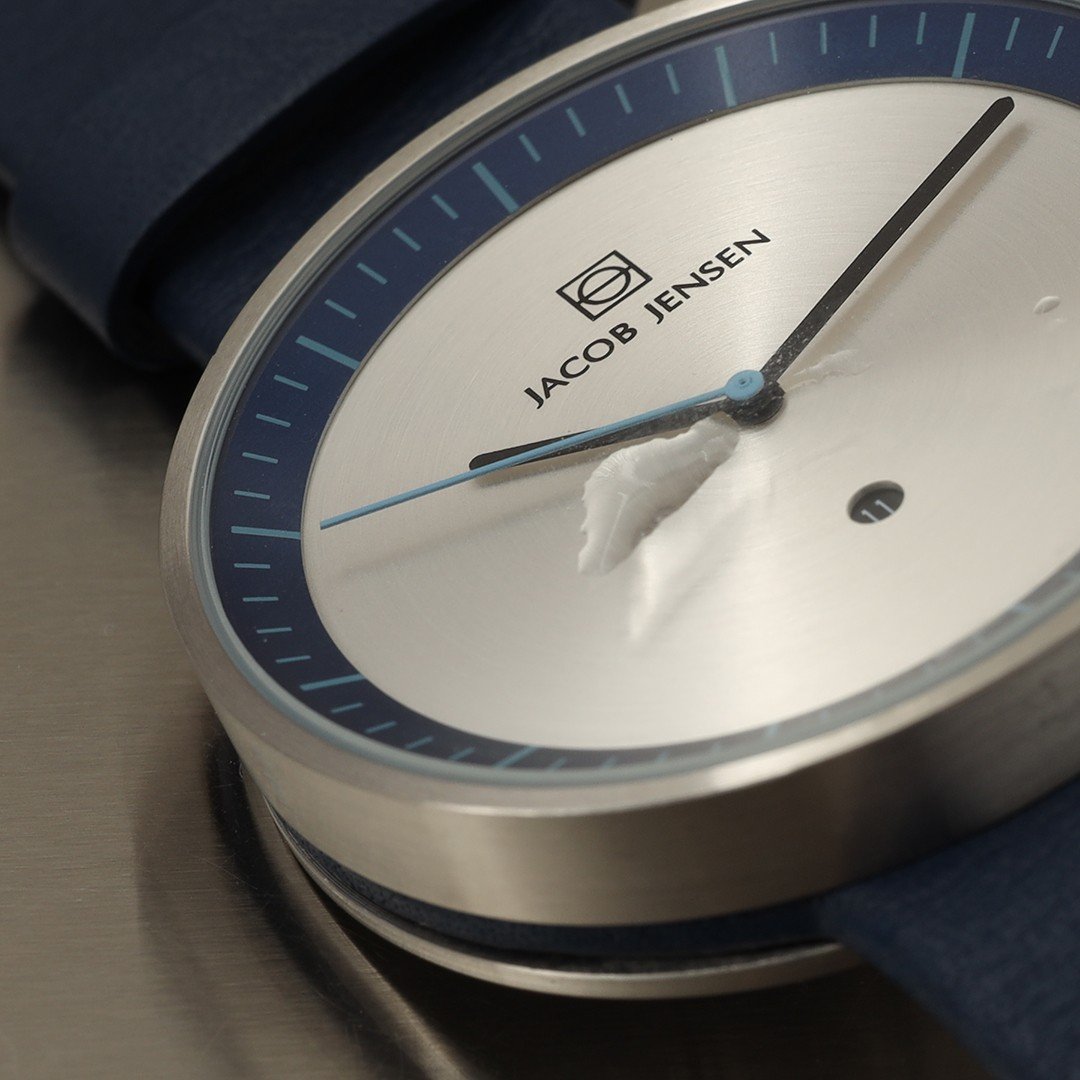
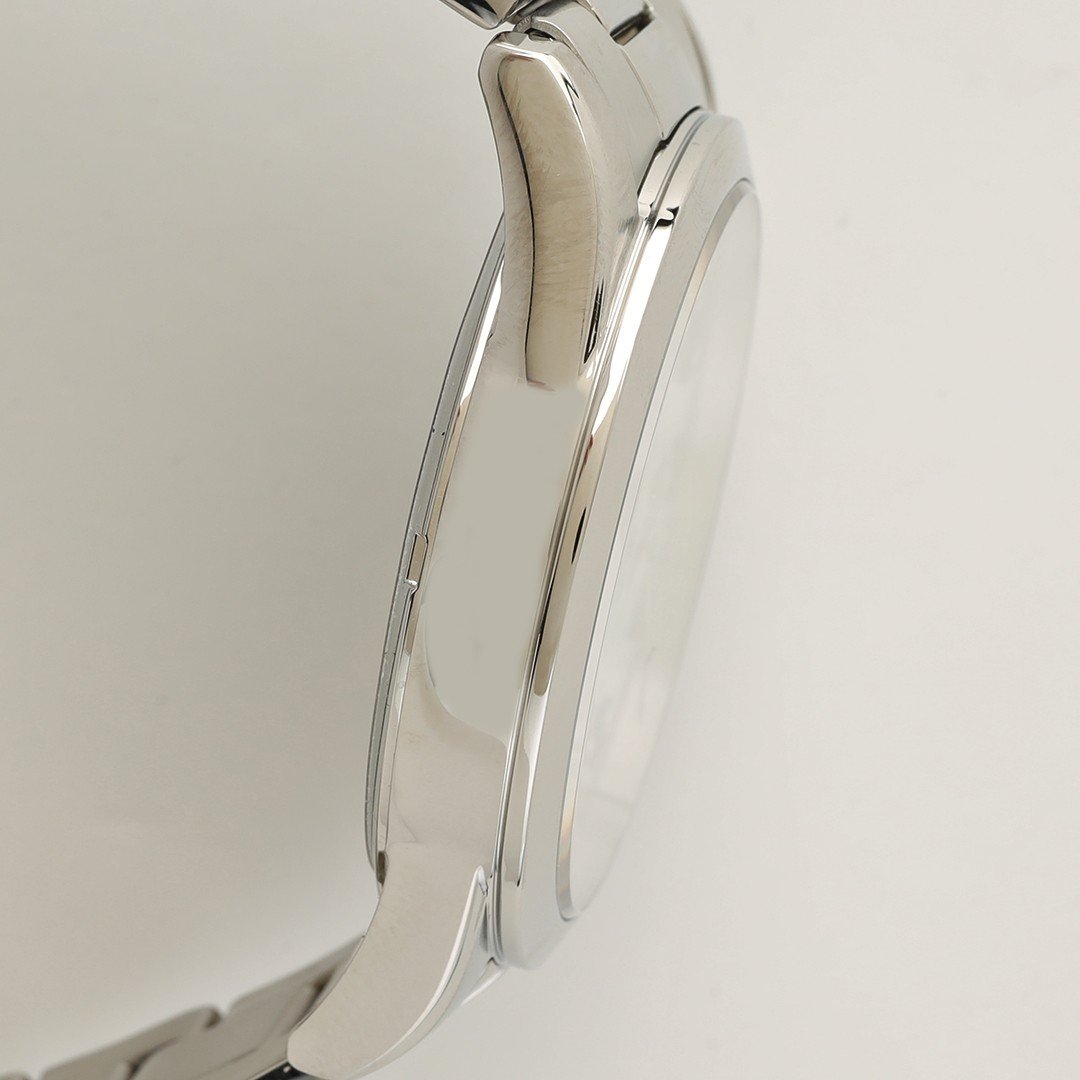
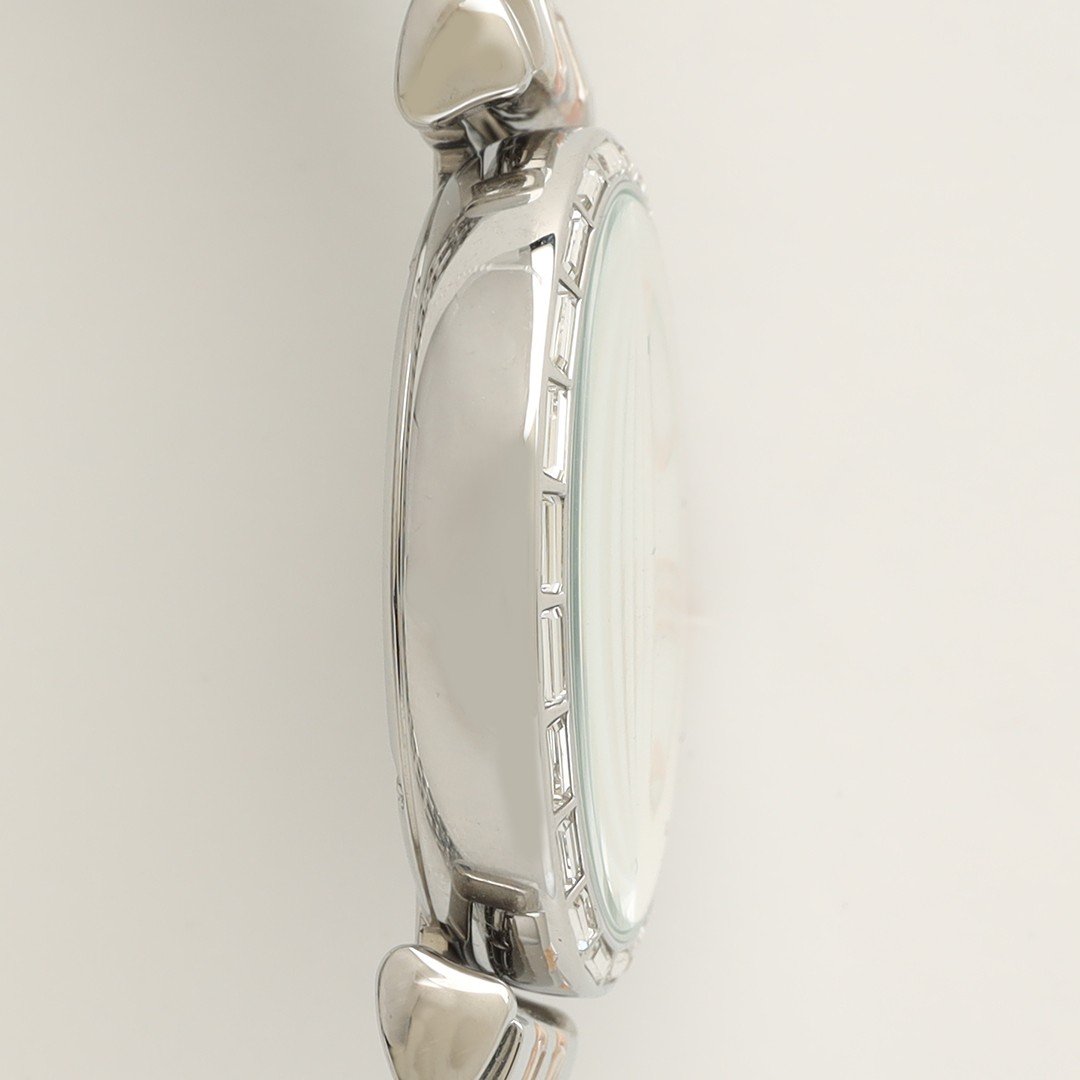
Buy watches with sapphire glass at Watch.nl
View our collection of watches with sapphire glass for women and men and be surprised by the diversity!
Need advice about watch glass or help with refurbishing or replacing a damaged watch glass? Then visit one of our stores. We are happy to help you further!